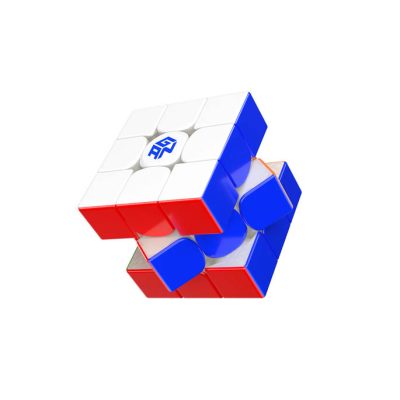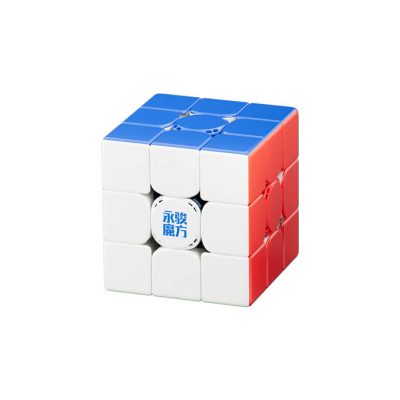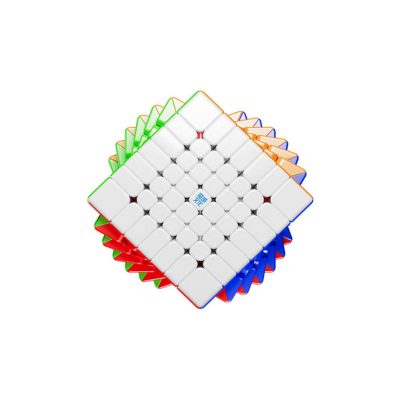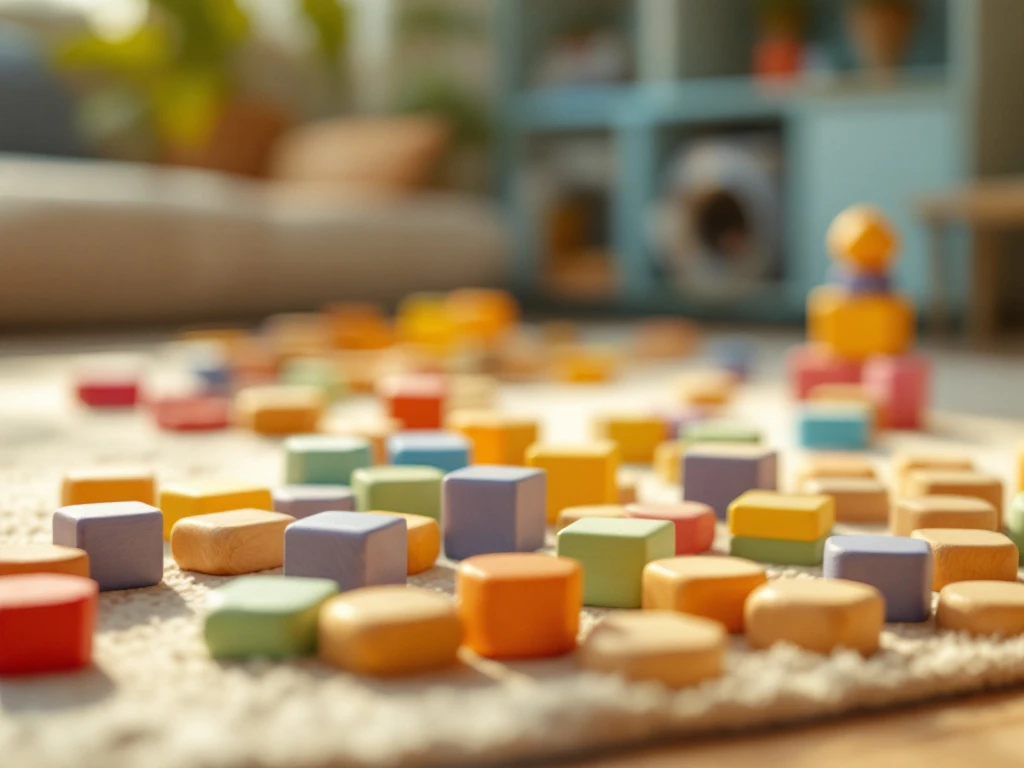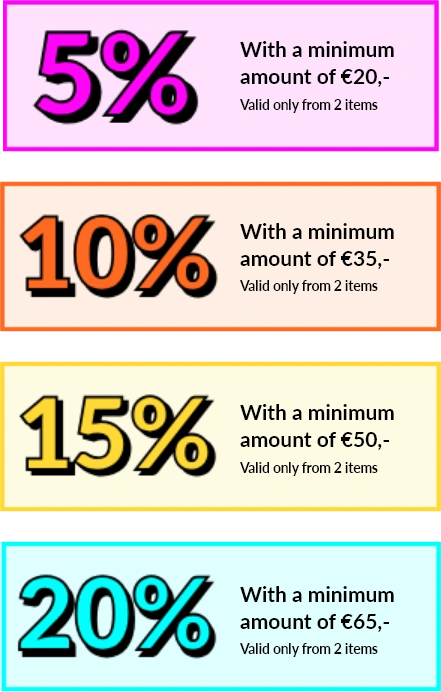-
 Dave Vinke
Dave Vinke
- Leestijd: 5 min
- Laatst geüpdatet: 07/08/2025
For architectural model building, you use various materials, each with specific properties. The most popular are cardboard, foam board, wood, plastic, and paper. Cardboard is accessible and easy to work with, foam board offers stability with light weight, wood provides a professional appearance, plastic ensures durability and detail, while paper is perfect for fine details. Your choice depends on your experience, budget, the scale of the model, and the desired level of detail.
What are the most commonly used materials for architectural model building?
The five most commonly used materials for architectural model building are cardboard, foam board, wood, plastic, and paper. Each material has unique properties that make it suitable for different projects and experience levels.
Cardboard is the most accessible material for beginners. It is inexpensive, available everywhere, and easy to cut with a craft knife. Corrugated cardboard works excellently for large structures, while thick cardboard is perfect for walls and floors. You can easily fold, glue, and paint it.
Foam board, also called foamboard, combines the workability of cardboard with extra stability. This lightweight material consists of a foam core between two layers of paper. It cuts cleanly, stays straight, and is ideal for modern architectural models with clean lines. The white color immediately gives a professional appearance.
Wood takes your models to the next level. Balsa wood is a favorite due to its low weight and fine structure. For advanced users, plywood and MDF are interesting options. Wood requires more tools and experience, but the result looks realistic and durable.
Plastic materials such as plexiglass, polystyrene, and PVC sheets offer the possibility for transparent elements and smooth surfaces. These materials are more expensive but provide a modern, professional look. They are especially suitable for scale models where precision is important.
Paper remains indispensable for details such as roof tiles, brick patterns, or landscape elements. Different thicknesses and textures make it versatile. Combine paper with other materials for the best result.
What tools do you need with different model building materials?
The right tools make the difference between frustrating tinkering and smooth working. For each material, you need specific tools, but a basic set suffices for most projects.
For cardboard and paper, you work with a cutting mat, metal ruler, and sharp craft knives. A cutting mat protects your work surface and extends the life of your blades. Invest in replaceable blades, because sharp tools give the best results. A bone folder helps when making sharp folds.
Foam board requires the same basic tools, but add a circle cutter for round shapes. A hot wire cutter cuts through thick foam without applying pressure, which prevents the material from deforming. For straight cuts, you use a special foam board knife with a longer cutting edge.
Woodworking requires more specialized tools. Start with a fine hand saw, sandpaper in different grades, and a cutting board. A small miter box helps when sawing perfect angles. For precision work, miniature hand drills and files are handy.
With plastic model building, you need a fine saw with metal saw blade, plus sandpaper for smooth edges. A heat gun makes it possible to bend plastic. For plexiglass, you use a special cutting knife that makes a groove after which you break the material.
Regardless of the material, good glue is important. White craft glue works for paper and cardboard, wood glue for wood, and special plastic glue for plastic. A glue gun with low temperature is versatile but use it carefully with foam board.
How do you choose the right material for your architectural model?
The choice of the right material determines the success of your project. Consider these factors: the scale of your model, the desired level of detail, your budget, available time, and your experience with model building.
Start with the scale of your model. For large models (1:50 or larger), cardboard and foam board work excellently. These materials are light, affordable, and easy to work with in large surfaces. With smaller scales (1:100 or smaller), wood and plastic are better suited because they can be worked thinner without losing strength.
Your experience level plays an important role. Beginners start best with cardboard or foam board. These materials forgive mistakes, are inexpensive to practice with, and require minimal tools. After several projects, you can experiment with wood or plastic.
Budget is often decisive. Cardboard and paper are the most affordable, followed by foam board. Wood costs more, especially quality balsa. Plastic is the most expensive but also lasts the longest. Remember that you often combine different materials in one project.
Time investment differs per material. Cardboard works the fastest, you cut, fold, and glue without waiting times. Wood requires more processing time due to sawing, sanding, and drying of glue. Plastic has the longest processing time but delivers the most durable result.
| Material | Best for | Difficulty level | Costs |
|---|---|---|---|
| Cardboard | Concept models, large scale | Beginner | € |
| Foam board | Modern architecture, presentations | Beginner-intermediate | €€ |
| Wood | Detailed models, constructions | Intermediate-advanced | €€€ |
| Plastic | Professional models, transparency | Advanced | €€€€ |
What are the advantages and disadvantages of cardboard versus plastic model building?
Cardboard and plastic represent two extremes in model building. Cardboard is accessible and forgiving, plastic offers professionalism and durability. Both have their place in your toolbox.
Cardboard wins on ease of use. You cut it with a simple craft knife, fold it without special tools, and glue it with ordinary craft glue. You correct mistakes easily or start over without major costs. The material is available everywhere, from hobby shops to office bookstores.
The disadvantages of cardboard lie in the finishing and durability. It absorbs moisture, deforms with incorrect use, and looks less professional. Details are harder to represent and the texture remains visible, even after painting.
Plastic excels in detailing and presentation. You make glass sections with plexiglass, smooth modern facades with PVC, and complex shapes with heated polystyrene. The material is weather-resistant, maintains its shape perfectly, and gives a high-end appearance to your models.
The downside is the complexity. Plastic requires specialized tools, knowledge of different glue types, and experience with processing techniques. Mistakes are difficult to repair and the material is considerably more expensive. The learning curve is steep for beginners.
In practice, both materials complement each other perfectly. Use cardboard for the basic structure and concept phase, add plastic details for realism. A cardboard building with plexiglass windows combines the best of both worlds: fast working with a professional appearance where it counts.
Where do you find the best materials and inspiration for architectural model building?
You can find good materials in various places, from specialized model building shops to do-it-yourself stores. Online shops offer the largest assortment, physical stores let you feel and compare materials.
Hobby shops are your first stop for specialized model building materials. Here you find different thicknesses of cardboard, various wood types, and specific plastics for model building. The staff knows the products and gives advice about techniques and applications.
Hardware stores surprise with their selection. Thin plywood, MDF sheets, various plastics, and even metal strips are available there. The prices are often lower than in hobby shops, especially with larger quantities. Do pay attention to the minimum dimensions, sometimes you have to buy more than you need.
Office bookstores have basic material such as cardboard, foam board, and paper in different colors and thicknesses. Perfect for beginners or quick projects. The quality varies, so check stability and thickness before purchase.
Online shops offer the largest assortment and convenience. You compare prices, read reviews, and order exactly what you need. At our model building assortment you find not only puzzles but also various model building sets that are perfect to start with. We offer automatic discounts with multiple items, which is handy if you want to try different materials or sets. Check our discount rules for current offers.
You get inspiration from architecture books, online portfolios of model builders, and social media. Pinterest and Instagram are full of projects from hobbyists and professionals. YouTube tutorials show techniques you can apply directly. Visit architecture museums for close-up photos of professional scale models.
Start small with a basic set of materials and expand as your experience grows. Invest in quality tools, that pays back in work pleasure and better results. Experiment with different materials to develop your own style.
Frequently Asked Questions
How do I prevent my cardboard model from sagging or deforming?
Reinforce your cardboard constructions with internal ribs or frames of thicker cardboard. Always use the corrugation direction of cardboard to your advantage by placing it vertically for load-bearing parts. Work in a dry environment and protect your model with a layer of matte varnish or fixative spray against moisture.
Which type of glue works best for mixed materials?
For combinations of different materials, a transparent all-purpose glue or contact cement is often the best choice. Always test first on a small piece, especially with foam board that can melt from certain glue types. For quick work, a glue gun on low temperature is versatile, but use double-sided tape for temporary connections while trying out.
What is a realistic time estimate for my first architectural model?
Count on 15-20 hours for a simple model at 1:100 scale (for example a residential house) as a beginner. This includes making plans, cutting material, assembling, and finishing. Start with a weekend project of 6-8 hours to get a feel for the materials before starting more complex projects.
How do I make realistic windows without using expensive plexiglass?
Use transparent packaging plastic from for example toys or electronics - this is free and works fine for small scales. Overhead sheets or laminating pouches are also suitable. For a realistic effect, you can print window frames on transparent sticker paper or draw the windows with a waterproof fine liner.
Can I combine different scale parts in one model?
Different scales in one model rarely works well and disturbs the proportions. You can simplify certain elements or give more detail depending on the focus. For example, use more detail at the main facade and simplify the back. Always keep human figures and cars at the same scale as your building for a realistic effect.
Which paint do I use best on foam board without it melting?
Only use water-based paint such as acrylic paint or poster paint on foam board. Avoid paint types with solvents that attack the foam. Always test first on a scrap piece. For the best adhesion, first apply a water-based primer, especially on the smooth outer layers of the board.
How do I best store my model building materials?
Store cardboard and paper lying flat in a dry room, preferably in a file rack or large drawer. Wood must be able to breathe, so don't pack in plastic but in an open container. Store plastic materials vertically to prevent warping. Invest in a toolbox with compartments for small tools and use zip bags for loose parts per project.
Table of contents
Much viewed
More blogs
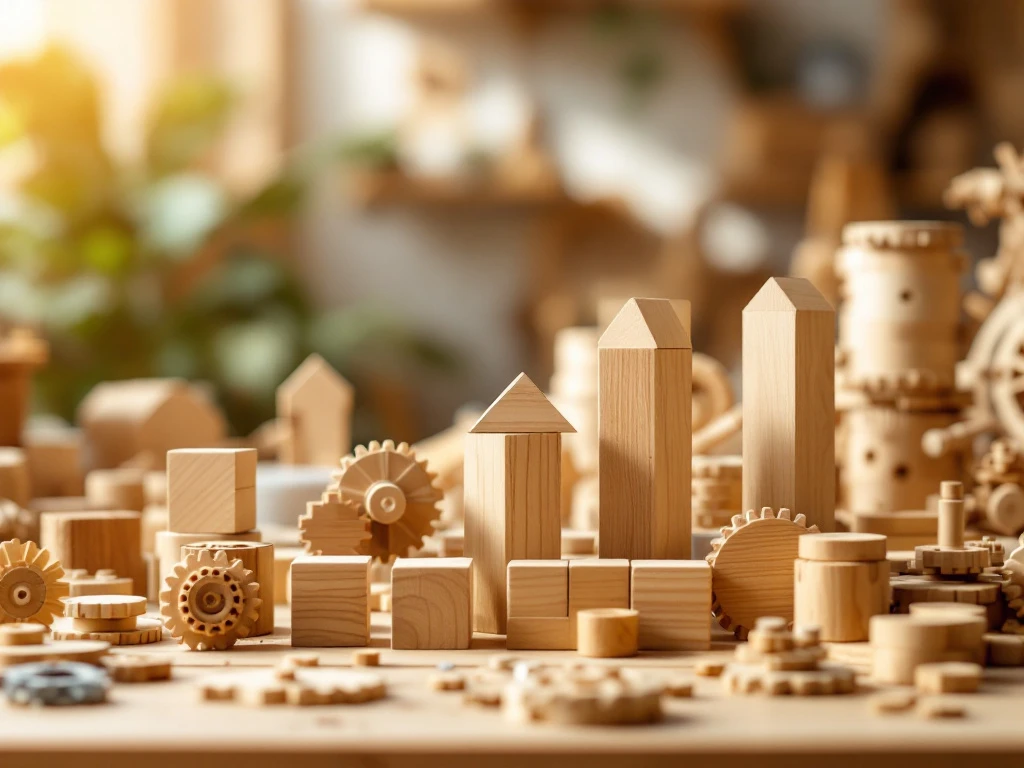
Are there wooden building kits for different ages?
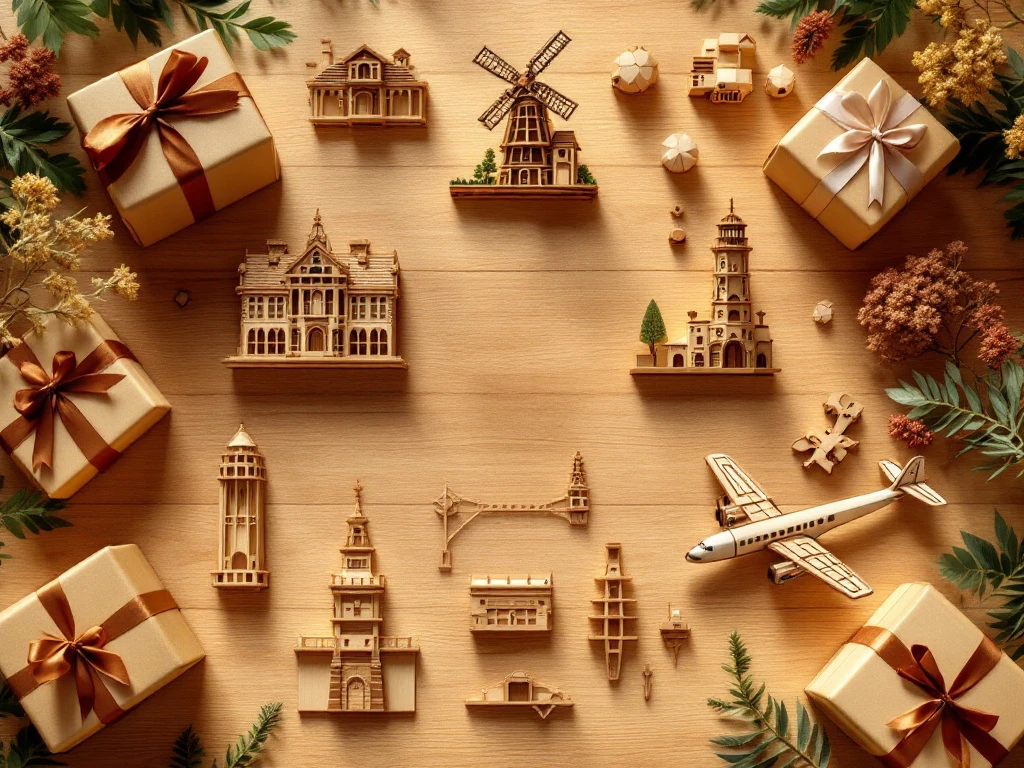
Which wooden building kits are suitable as gifts?

